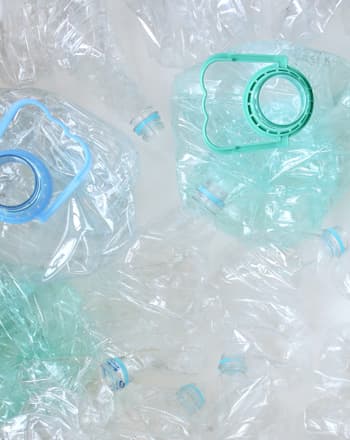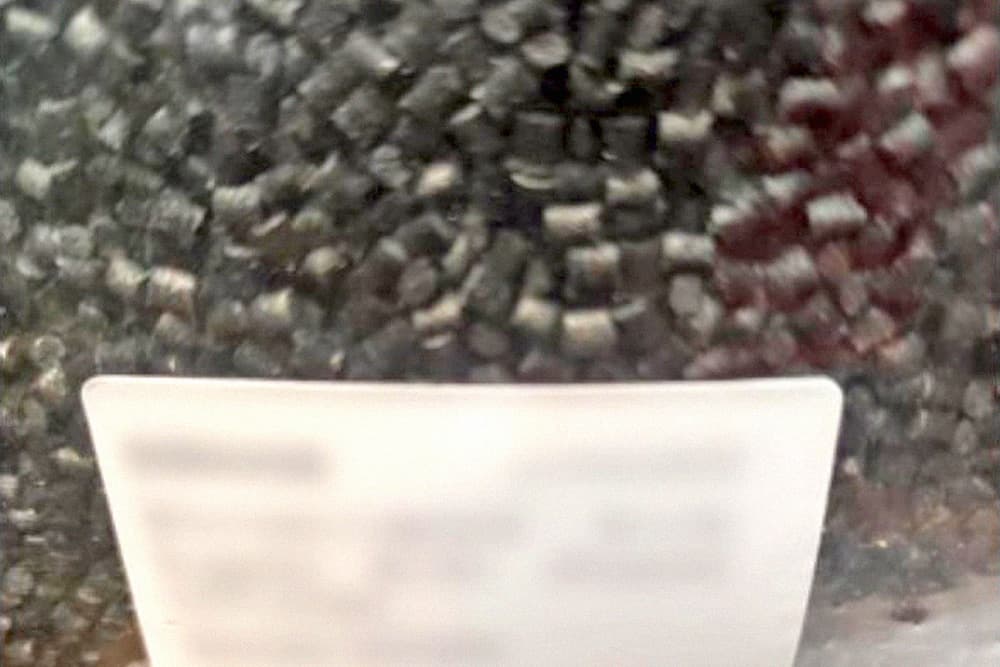What was the challenge or problem to solve?
In this project, our experts from the Materials Innovation area faced the challenge of recovering industrial waste PA66 and ABS plastics to determine their potential recyclability.
The client expressed their interest in giving a second life to these plastics, which were being generated in large volumes during their production process. To do so, we analyzed the characteristics of the waste, with the aim of determining their potential recyclability and determining the characteristics of the material manufactured from them.
Finally, we managed to meet the client’s expectations, as we ensured the feasibility of reusing the waste as 3D printing yarn, generating added value to this plastic waste and reducing the environmental impact.

The first step was to obtain full traceability of the waste properties, so that their level of degradation and potential recyclability could be assessed. Thus, we carried out an exhaustive physicochemical characterization of both the original and the waste materials. This analysis allowed us to determine the main properties to be taken into account in the study: oxidation state, retained moisture, structural changes caused by temperature changes, amount of antioxidants and tensile properties.
Then, after reformulating the material, this characterization test was repeated on the recovered material. The purpose was to ensure that the filament manufacturing process did not damage the polymer, i.e. that its starting values were maintained with respect to the virgin material. In this way, we determined its level of degradation after the manufacturing process and, therefore, its suitability for a second use.
Once the yarn was obtained, parts were 3D printed with the original and the reformulated material. The parts were again characterized to study their mechanical properties. The analysis gave a positive result, so we were able to confirm that the process of manufacturing parts by 3D printing with the reformulated filament did not change the properties of the parts produced with virgin filament and, therefore, the material was suitable for reuse, thus reducing the waste generated and improving the sustainability of the company.

